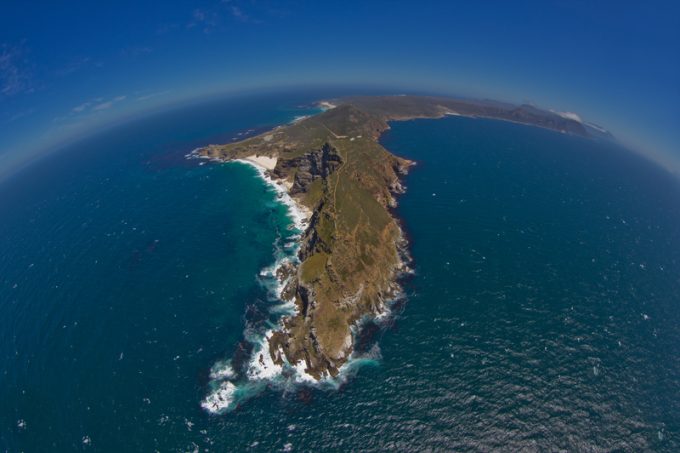Rodolphe Saadé pledges to help Trump revive US shipping – report
In a story headed ‘French Shipping Magnate Pledges to Help Trump Revive U.S. Shipping’, WSJ ...

Sailing around the Cape of Good Hope was regarded as foolhardy in the days of tall ships and wooden hulls. But even for the sophisticated vessels of today, there are dangers.
Two recent high-profile container-loss incidents – the CMA CGM Benjamin Franklin lost 44 boxes with damage to another 30 in July, and 99 containers were lost this month from CMA CGM Belem – have reduced confidence in the suitability of massive containerships for tougher ocean conditions.
And it could have been ...
Freightmate 'a product of theft, not ingenuity' says Flexport
Ceva Logistics UK named and shamed as a 'serial late-payer'
China hits out at Hutchison plan to sell Panama port holdings to MSC
Liners plan more rate hikes to halt renewed container spot rates decline
Mercedes-Benz places record order for SAF with DB Schenker
White House can't see that trade war will hit US agriculture hardest
Maersk vessel forced to omit Cape Town as congestion mounts
TPM: Forwarders need 'clout' to survive as the ocean carriers move in


Comment on this article